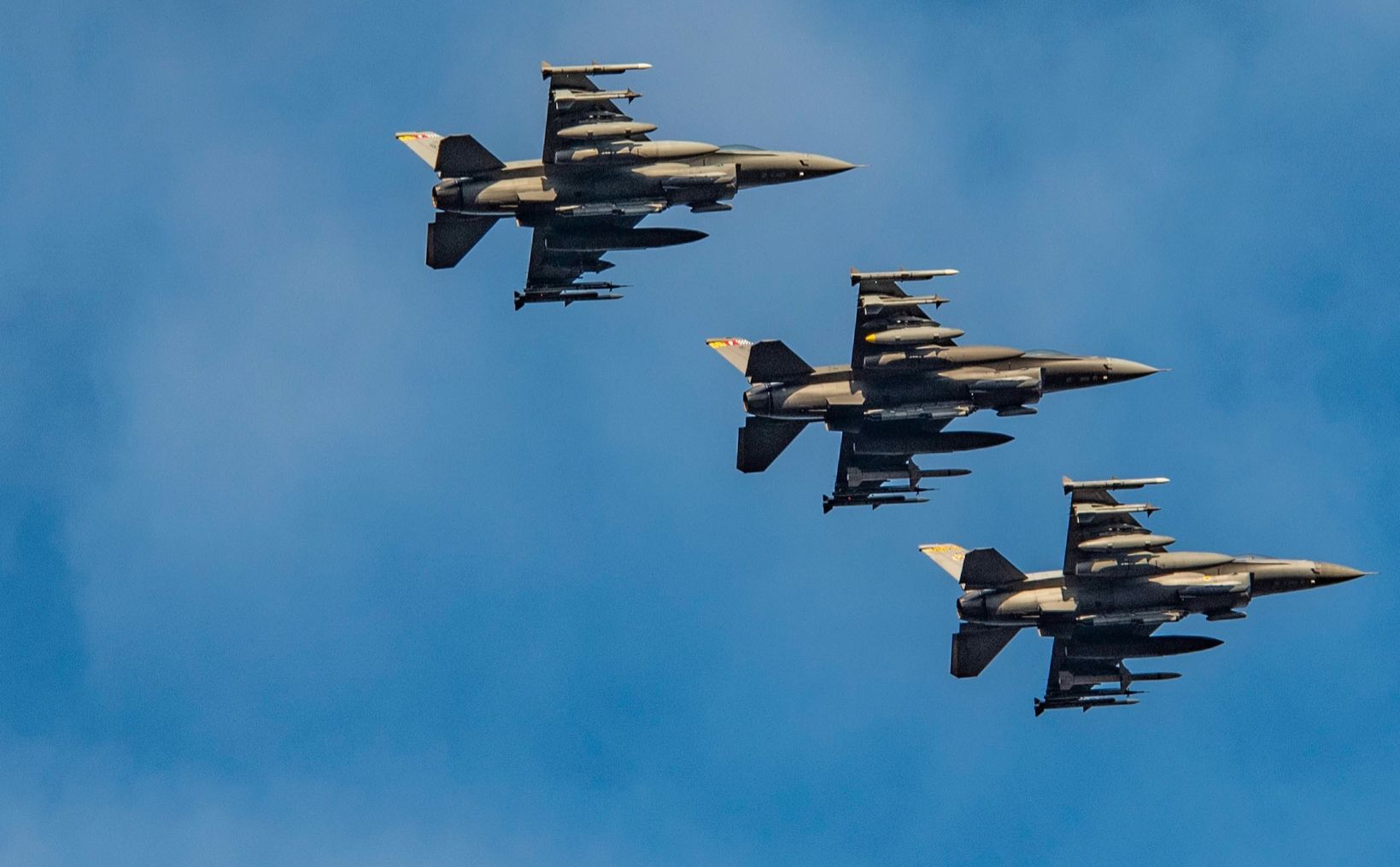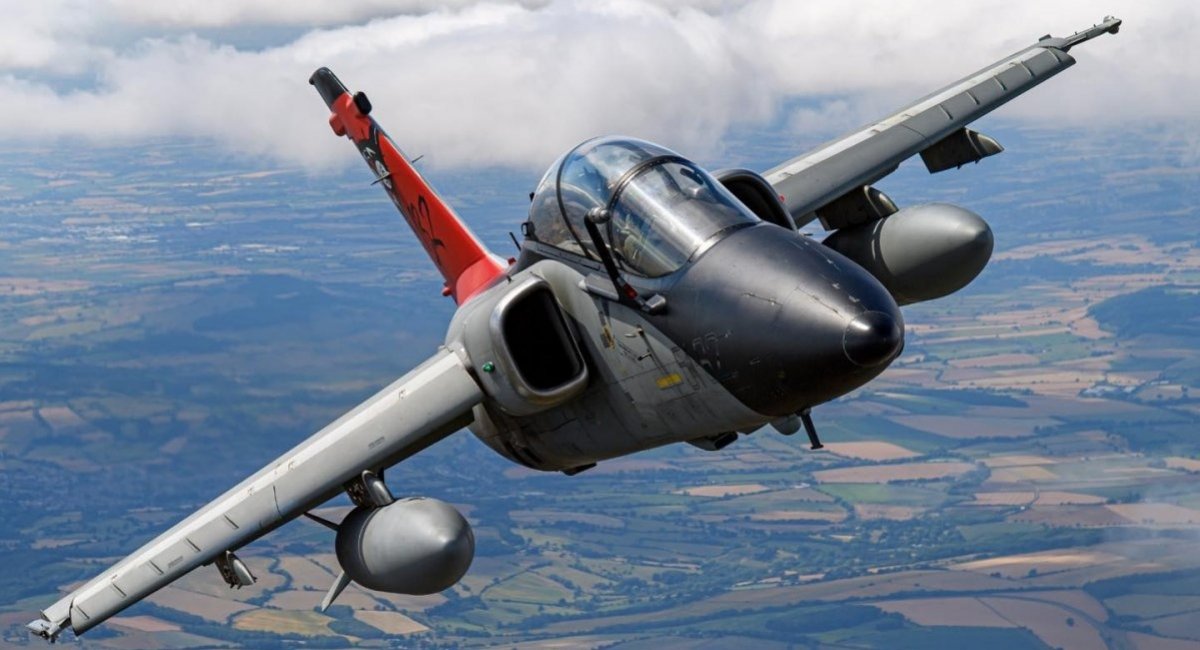The Italian government is discreetly considering dispatching five fighter jets to Kyiv, Italian newspaper La Repubblica reported on February 20.
The report, citing sources, states that either Tornado aircraft or AMX attack jets could be delivered to Kyiv. The Italian Air Force intends to completely retire the AMX Ghibli fighter bombers by the end of this year, according to the media source.
The article’s authors highlighted that Rome would not take the initiative in fighter jet deliveries, particularly when Italian society had begun to oppose the continuation of the war.
La Repubblica reported that Rome did not want to be the first country to provide Ukraine with Western-made jets. The newspaper added that Italy wants other “allies” like the UK to take the lead.
Furthermore, Italy would also reportedly not stand in the way of the UK sending Typhoon fighter jets to Ukraine. Nevertheless, this would require the approval of all countries involved in the fighter jets’ production.
London itself is not in a hurry to send warplanes to Ukraine. British Defense Secretary Ben Wallace confirmed to British media in February that the UK will not send jets to Kyiv soon.
Wallace said that the UK and other Western countries are instead concentrating on assuring Ukraine’s “long-term resilience.”

The Financial Times reported last week that the US might contemplate dispatching F-16 fighter jets from other countries or transferring them directly to Kyiv. Ukraine has frequently requested more lethal weapons, such as fighter jets, from its Western allies.
Moscow has warned that delivering Western weaponry only prolongs the conflict and increases people’s suffering while raising the possibility of a conflict between Russia and NATO.
Tornado multirole combat aircraft
The Italian Air Force possesses a fleet of 94 Eurofighter Typhoon aircraft, 21 F-35 aircraft, 34 Tornado IDS (the fighter-bomber) aircraft, 15 Tornado ECR (reconnaissance and EW aircraft) aircraft, and 39 AMX Ghibli attack aircraft. Of those 39 AMX, eight are the combat-training version.
Italian Tornado jets have received several modernizations throughout a significant period of service. They can use laser-guided high-precision weaponry, JDAM bombs, and Storm Shadow cruise missiles, and they are already integrated into the Link 16 information exchange system.
AMX Ghibli Attack Aircraft
The AMX (Aeritalia Macchi Experimental), also known as the A-11B Ghibli by the Italian Air Force, is a ground assault and tactical support aircraft with a single jet engine and a highly swept wing.
It was designed to serve as an attack aircraft, or more accurately, a direct air support aircraft, focusing on affordability and ease of operation and maintenance. Italy developed the aircraft in collaboration with Brazil.
The Italian Air Force received the first AMX aircraft in January 1989, and the Brazilian Air Force received it in 1990. The air forces of Brazil, Italy, and Venezuela operate AMX fighter bombers.
The AMX can carry external loads weighing up to 3,800 kilograms. The plane has seven hardpoints, including wingtip rails on each wing, two hardpoints under each wing, and one in the middle of the underside of the fuselage.
The aircraft can carry rocket launchers, free-fall bombs, retarded bombs, laser-guided bombs, cluster bombs, air-to-air missiles, and air-to-surface missiles.

Italian AMX fighters are modified to carry GBU-12 bombs integrated with Opher imaging infrared terminal guidance kits from Israel’s Elbit. The wingtip launch rails can fire air-to-air missiles like the Sidewinder AIM-9L and Orbita MAA-1 Piranha.
Italian AMX is also equipped with the US JDAM joint direct attack munition. The aircraft maintains its standard degree of self-defense and attack capabilities when outfitted for surveillance missions.
The AMXs of the Italian Air Force are fitted with an I-band-operating version of the EL/M-20001B radar. Fiar made the radar in Italy after being designed by Elta in Israel.
The AMX can fly at a top speed of 1,053km/h while climbing at 50.06m/s. The aircraft has a service ceiling of 13,000 meters and a range of 889 kilometers. The aircraft is also outfitted with active and passive electronic countermeasures systems. The tail fin contains the radar warning receiver.
The Rolls-Royce Spey Mark 807 non-afterburn turbofan engine, which generates 49.1 kN of thrust, powers the aircraft. The aircraft carries 3,500 liters of fuel in internal tanks, giving it a standard 550-kilometer mission attack radius and a five-minute battle window above the target area.
- Contact the author at ashishmichel(at)gmail.com
- Follow EurAsian Times on Google News




